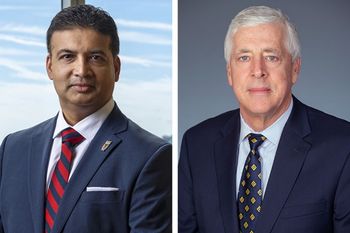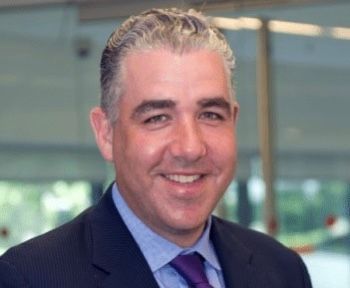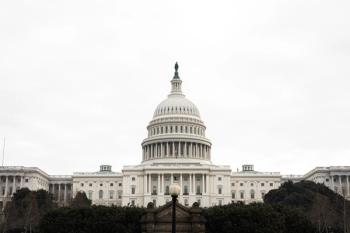
In Rural India, a Mobile Alert and Healthier Kids
Vaccination rates soared during the study. But can the program work for the rural US?
Vaccinations are tricky. First, you’ve got to get people to a clinic, and convince them to get a jab in the arm. Then, for many common inoculations, you have to get people back to the clinic at regular intervals for follow-up visits. In rural areas of the developing world, that can be particularly difficult, but a team of researchers from Johns Hopkins University may have found a strategy that helps—and there’s no reason it wouldn’t work just as well in the United States.
The researchers sent mobile phone notifications to unvaccinated families in the rural Mewat region of India, telling them to bring their children into the clinic for shots and promising them a small incentive to do so, in the form of some extra minutes on their phone accounts. Their study,
The study looked at 549 subjects in one village, Ghasera, where the vast majority of families make less than $385 a year. The incentive was typically a free bonus of about 50 cents of phone credit, which buys around 30 minutes of talk time for parents who brought their child in for their shots.
The Johns Hopkins University team worked with the organization
Even in rural Mewat, Sanjay Jain, MD, the study’s lead researcher, estimates that about 90% of families have access to a mobile phone. In the developed world, where that number is even higher, mobile phone reminders are used for everything from dentist appointments to utility bills.
But Jain emphasized that tying the phone reminders to a persistent identification system, like a social security number or India’s biometric system, was what made the program work. Healthcare workers must know which of their patients are vaccinated and when, specifically, so they can keep accurate timetables.
Although well-vaccinated communities in the US often have a “herd immunity” to common diseases, which means even unvaccinated children rarely get sick, the CDC notes that
“You could basically use this system in the developed world to improve timeliness,” Jain said. “What we’re trying to assess [in the study] is not only coverage, but also timeliness and that will be highly applicable in the US and the developed world.”
If the idea seems simple, that’s because it is: Jain came up with the idea for mobile phone incentives while talking with his brother when he was still in high school. “Good ideas don’t always come from professors at Johns Hopkins University,” he told Healthcare Analytics News™. “I think it’s good to know that and encourage that.”
Related

















































